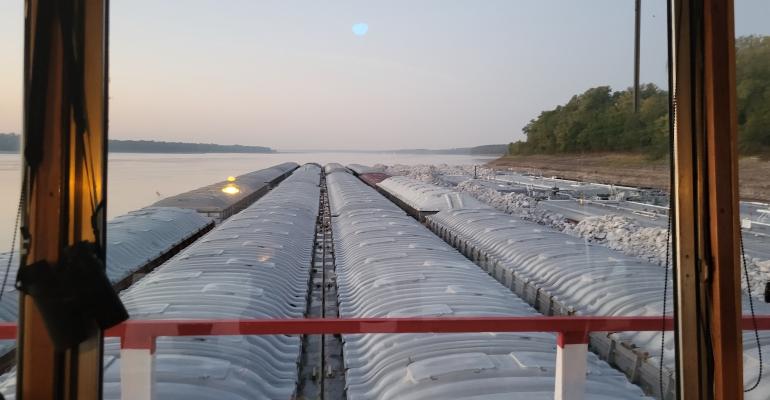Regional Freight Study: Performance Measures
One element of the regional freight study is the creation of performance measures to better understand and direct the flow of freight through the region. In one of the break out sessions at the annual meeting, participants were asked to help develop those measures. The group began by considering a model for measurement that contained strategic goals, strategies for attaining those goals, and actions to implement strategies.
The first task of the group was to define the overarching strategic goals of the region in the movement of freight. They agreed on the following:
- Enhance livability
- Enhance safety
- Improve economic competitiveness
- Enhance security
With these four items as the end points for the effort, the group looked at strategies. They developed the following:
Security
- Keep freight moving—stopped freight is at risk
- Identify vulnerabilities
- Identify alternatives
- Deal with international crossing issues.
- Provide secure truck parking
- Enhance communications between industry and responders
Livability
- Minimize conflicts between modes
- Reduce congestion
- Reduce emissions
- Conduct incident management
- Improve land use planning
Safety
- Reduce congestion
- Make geometric fixes
- Install roadway protective features
- Provide roadside features—staging areas
- Improve driver education
Economic Competitiveness
- Enhance connections to markets
- Enhance connections to rural markets
- Increase transit speeds
- Increase transit reliability
- Provide tax incentives to targeted industries
- Attract manufacturing and warehousing
After identifying strategies, the group began developing measures for each strategies. Time did not allow them to complete this task, but a partial listing follows:
Keep traffic moving
- Travel times
- Travel speed
- Incidents
- Delay response measures
Vulnerabilities
- Number of vulnerabilities
- Monitoring in place
- Bridge ratings
Truck parking
- Surveys of user satisfaction
- Number of parking spaces
- Utilization rates
Market connections
- Value of imports and exports
- Direct and indirect jobs by industry
- Number of international origin-destination pairs for air freight
- Tonnage of imports and exports
Conflicts between modes
- Miles of truck lanes
- Number of quiet zones
- Number grade crossings closed
- Number of new separations
Reduced congestion
- Travel times
- Reduced V/C
- Clearing times for incidents
Reduced emissions
- Air quality measures in urban areas
- Trucks with new emission equipment
Safety
- Fatality rates
- Crash rates
Next Steps
The research team will review state and key MPO plans to determine whether the performance measures identified in this workshop are used by the states and MPOs and will update the above list as needed. The team will then consider data availability for the measures and prepare a short report for the MAFC technical committee. The committee members will evaluate the measures from the perspective of their specific organization. Modifications will be made as needed. A final product will follow.
After the technical committee has evaluated the performance measures report, the research team will make any necessary modifications and publish the report as part of the regional freight study.
